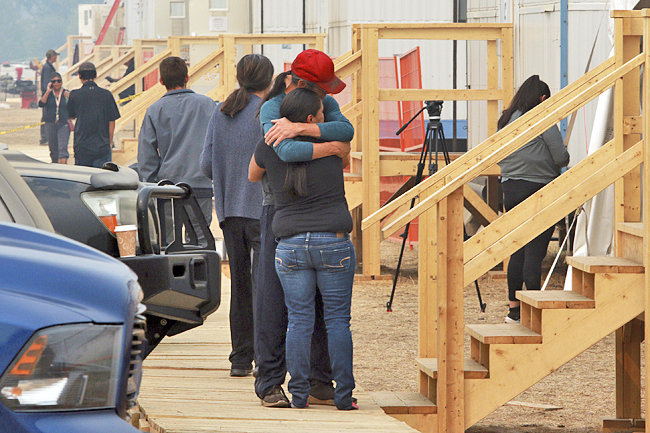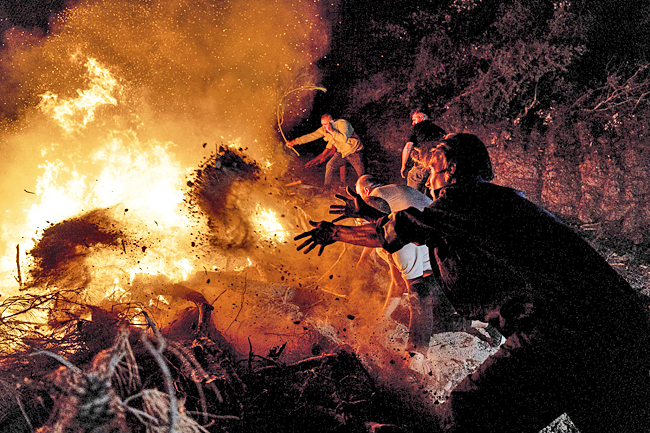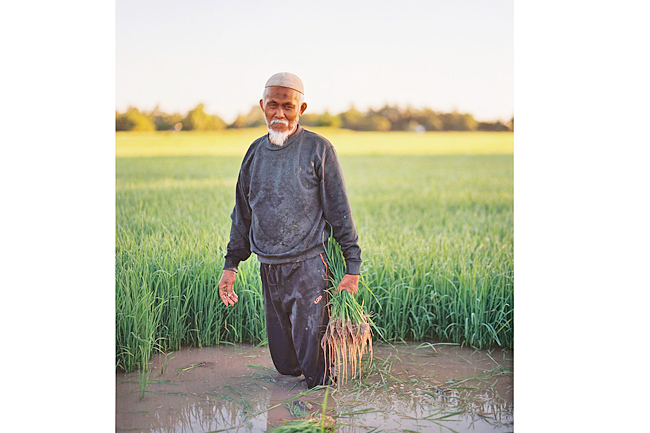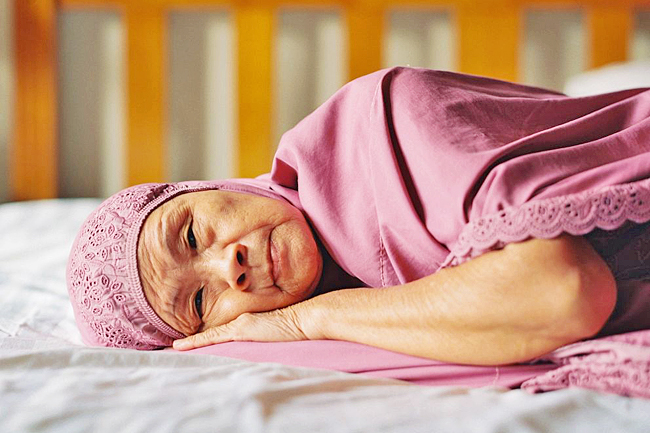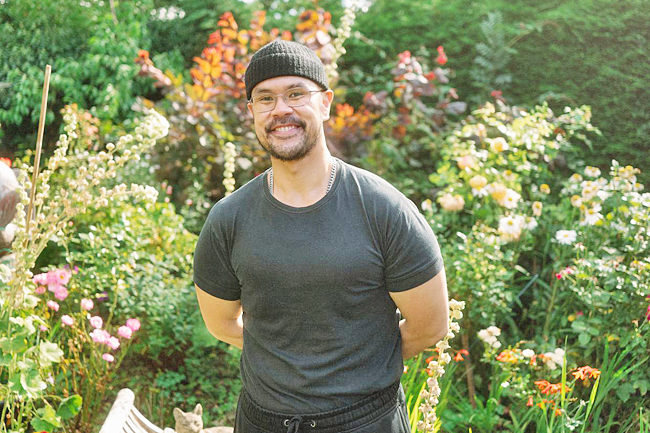ORBETELLO, ITALY (AP) – Italians are fighting an invasion of predatory blue crabs with an attitude borne of centuries of culinary making do: If you can’t beat them, eat them.
Fishermen, lobbying groups and environmentalists have sounded the alarm about the risks from a summer surge in the population of the fast-reproducing invasive species. The crabs are devouring stocks of eels, clams and mussels and wreaking havoc on fishing nets.
But since the crabs are here to stay, farm lobby group Coldiretti and fishing associations have been behind a series of events this summer trying to introduce a staple of American summertime fare to Italian palates.
Witness the menu at one Veneto agriturismo farm-hotel that hosted a Coldiretti event this summer: rosemary crab salad; crab Venetian style (with onion and vinegar sour); and pasta with garlic-tossed crab.
“We usually do crab on the grill or, as in this case, with linguine,” said chef Davide Sergio at the restaurant of La Peschereccia, a fishermen’s cooperative in Orbetello, on the Tuscan coast.
The new menu items, however, are evidence of a potentially devastating threat to Italy’s marine ecosystem and fishing, particularly its prized clam harvests that provide a key ingredient to another Italian culinary staple, spaghetti alle vongole.
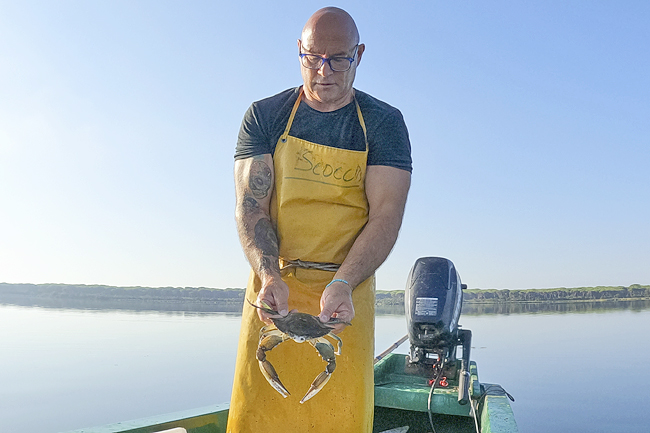
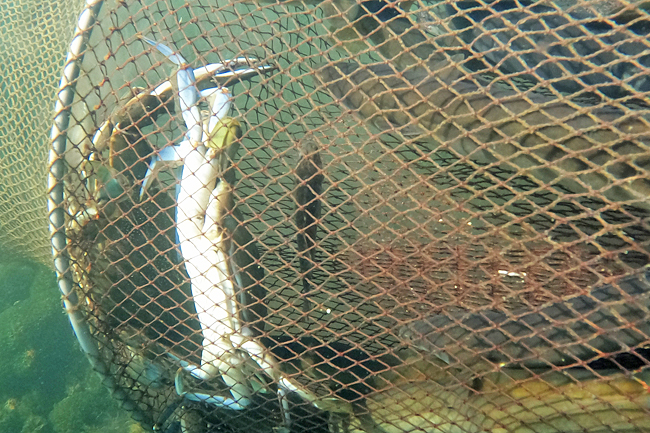
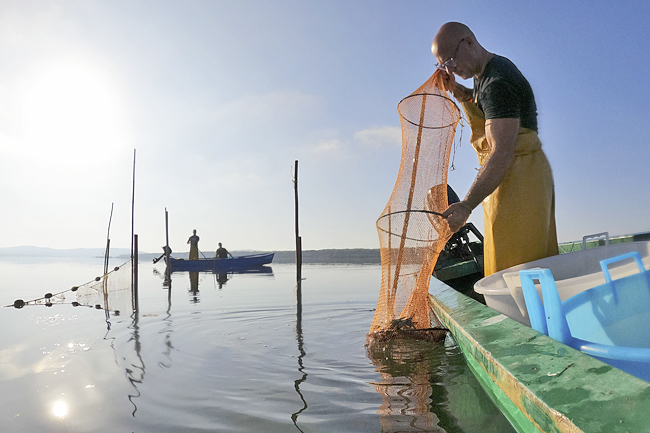


Italy is the largest producer of clams in Europe and the third largest in the world after China and South Korea, according to United Nations (UN) Food and Agriculture Organization data from 2021.
But the blue crab – a strong and fast swimmer and a voracious and aggressive eater with no natural predators here other than fishermen – has put Italy’s clam and mussel producers in crisis. Fishing industry group Federagripesca estimates that over 50 per cent of the shellfish production this year has been damaged.
The Italian government has allocated EUR2.9 million (USD3.1 million) to fight the invasion devastating shellfish harvests, but the problem now also concerns other types of fish farms in various parts of Italy.
In the lagoon of the Orbetello nature reserve, blue crabs are gorging on seabream and eels, which are a prized wintertime catch that has sustained the local economy for centuries and stars in many traditional dishes.
Now, eels are found without heads or torn to pieces. Fishermen often find ripped nets from which all the fish have escaped, evidence of the crabs’ strong claws that can tear through the netting.
“He is aggressive, he is fast, he is an animal of unacceptable intelligence. We fight this blue crab, but he is stronger than us because there are so many of them,” said Marco Giudici, who has been fishing in the Orbetello lagoon for more than 40 years. He even has a battle scar: On one thumb he has the marks of a crab that almost broke his nail with a claw.
From the American coasts, the Callinectes Sapidus has spread all over the world, probably transported in ballast water from ships, and has thrived in the Mediterranean Sea, not only in Italy, but also in Albania, Spain and France.
On the Tuscan coast as recently as last year the crabs were still a rarity. Now, hardly a wooden fishing boat returns to the dock without dozens of blue crabs on board.
“From an environmental point of view, blue crabs are a real problem because they attack the juvenile fish, the eels, and they interrupt the food cycle of the fish because they eat clams, mussels, and oysters,” said president of La Peschereccia cooperative Pierluigi Piro.
“Unfortunately, they are growing exponentially because they seem to have found their ideal habitat in the Orbetello lagoon,” Piro said.
Adding to the fishermens’ woes: A female blue crab produces about half a million eggs a year, and by some estimates up to two million. Marine biologists believe rising sea temperatures might be helping them spread and multiply.
“Usually, at certain times of the year, when the water drops below 10 degrees (Celsius), this crab does not live well, but now finds the ideal temperature 12 months of the year,” said marine biologist Enrica Franchi at the University of Siena.
Unlike in northeastern Italy, where so many crabs are caught that most cannot be sold, in Tuscany for now almost all crabs are resold to restaurants or supermarkets, which started displaying them on their fish counters a few weeks ago.
The Orbetello cooperative sells the crabs at EUR8 per kilogramme to private individuals or supermarkets. At the restaurant, EUR10 ebuys four grilled crabs or linguine tossed with crabs, tomato, onion, basil and chili pepper sauce.
“It’s very popular with people and runs out in the first half hour,” said chef Sergio at La Peschereccia.



